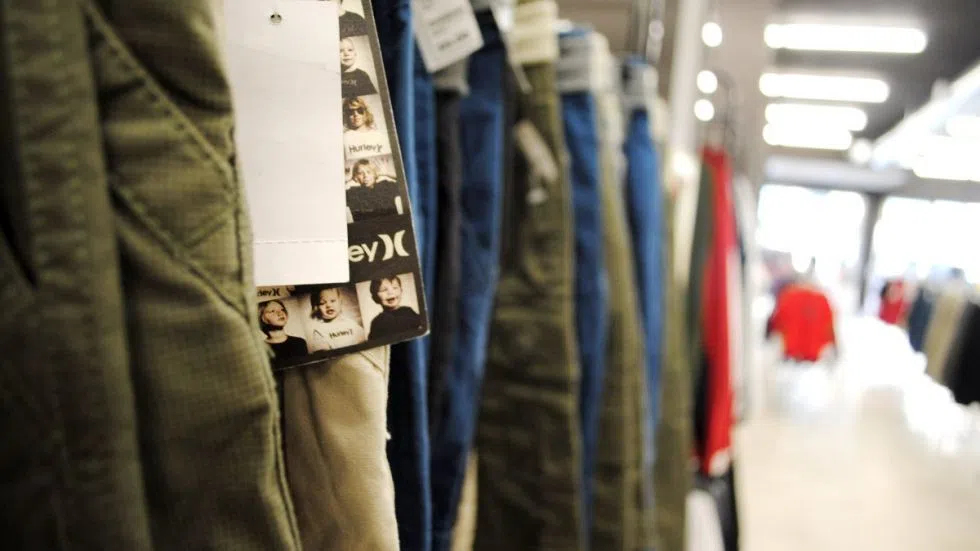
Marie Kondo decluttering craze yet to hit region’s charity organizations
Encouraging tidying by category, not location, is the method behind Marie Kondo’s decluttering craze washing across the globe.
Kondo’s KonMari Method for cleaning house influenced people overseas after her book, The Life-Changing Magic of Tidying Up, was published in 2011 and sold millions of copies. It was republished in North America in 2014.
The philosophical method of eliminating items from your life that no longer spark joy has ignited a fire of frenzied cleaners across North America and Europe, thanks to Kondo’s Netflix original series, Tidying Up with Marie Kondo.
In the United Kingdom, the BBC reported charity shops are slowly feeling the effect of the Japanese tidying guru’s series. Store owners there are witnessing an uptick in drop-offs, with many donors citing the show as their inspiration to discard items.


